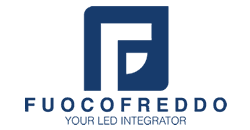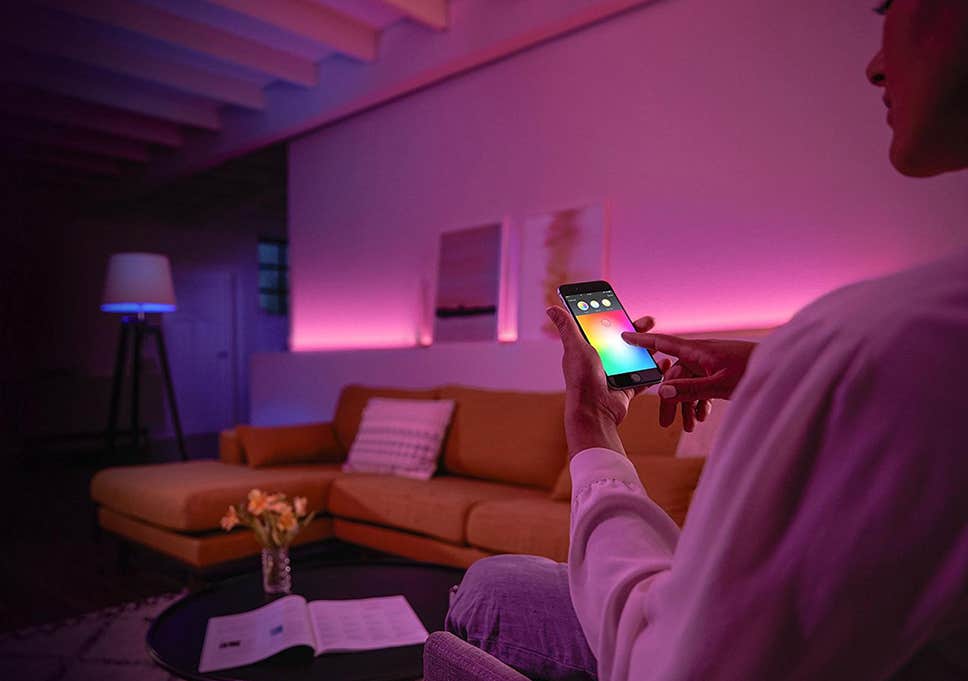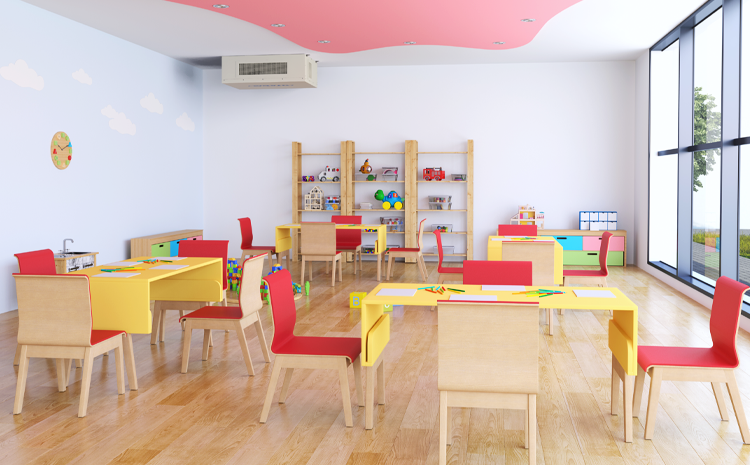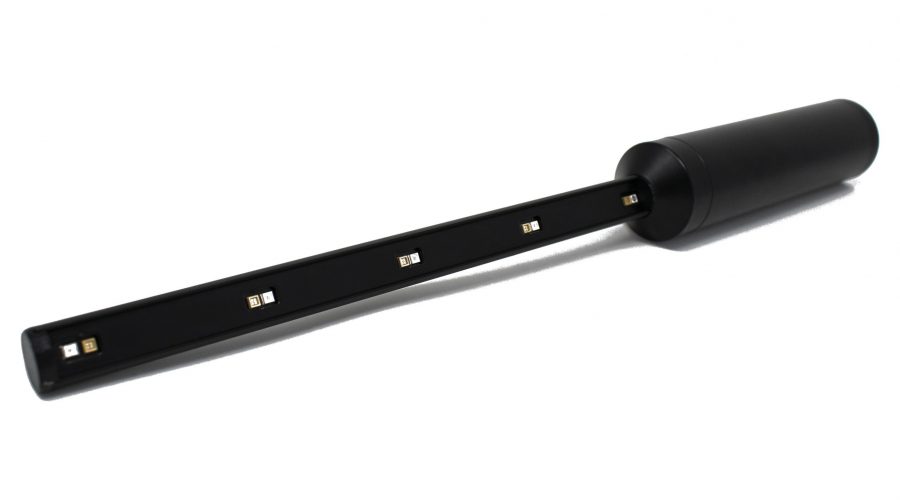What is Smart Lighting?
Today more than ever the adjective SMART is on everyone’s lips: smart biulding, smart phones, smart homes, etc. The “smart” attribute, often translated as intelligent, now qualifies many areas of our daily life, including indoor and outdoor lighting. Smart Lighting is a sector in which technologies have recorded incredible advances in recent years, including all “intelligent” systems, which allow for more powerful and flexible management than a traditional system based on wiring and manual controls.
For years now, lighting systems have been able to have a partially automated management (DALI, DMX) thanks to sensors, actuators, control devices, etc., which are widely applied and which today complement the new Internet-based wireless systems. What is changing is the structure of the systems, the information transfer and exchange channels as well as the ways of managing lighting, in the future we will see fewer and fewer cables in favor of a greater number of signals conveyed through the Internet that will interact with smart lighting. . This advent will bring about a great simplification and a radical change in the use of the plants.
Smart Lighting is one of the most promising sectors of the IoT, an acronym that stands for “Internet of Things”, a definition proposed in 1999 by Kevin Ashton, then a researcher at MIT. In this network the objects, whatever their nature (materials, cell phones, means of transport, various kinds of equipment), “talk” with each other, interact by exchanging signals and data, thus allowing the intelligent management of the systems.
For example, urban lighting consists of a network of luminaires most often mounted on poles and this set of light sources is distributed throughout the urban and extra-urban areas. We speak of a “technological pole” to indicate the element that becomes a node of the network, being equipped with devices that collect, distribute and exchange information with other poles, users and managers. In this way, the lighting can be automatically activated, deactivated and adjusted according to the volume of traffic, the presence of pedestrians in the crossing areas, and the weather conditions. All this is Smart lighting.
As for indoor environments, the smartphone for remote management is becoming particularly important. The latest generation mobile phones have a fast Internet connection and, through the “apps”, can communicate with “things”.
The management of the light sources can take place entirely through the commands given by a mobile phone app: first of all switching on and off, adjusting the luminous flux and color temperature, but also moving the luminaires and their orientation. Each action or maneuver is carried out by typing commands from the mobile phone screen in an easy and intuitive way, even by non-specialized people.
The use of the Internet opens up further scenarios of great interest with regard to smart lighting. When a person equipped with an active mobile phone approaches a device, a small device housed inside it detects, signals and records its presence in memory. Not only that, the same device is able to display text (information, announcements, advice) or images on the small screen, as well as audio and video messages relating to the area of the environment in which the user is located.
In conclusion, it is clear how many applications of great interest Smart Lighting will have in the future.
Light will truly be at the total service of users in a simple and direct way.





